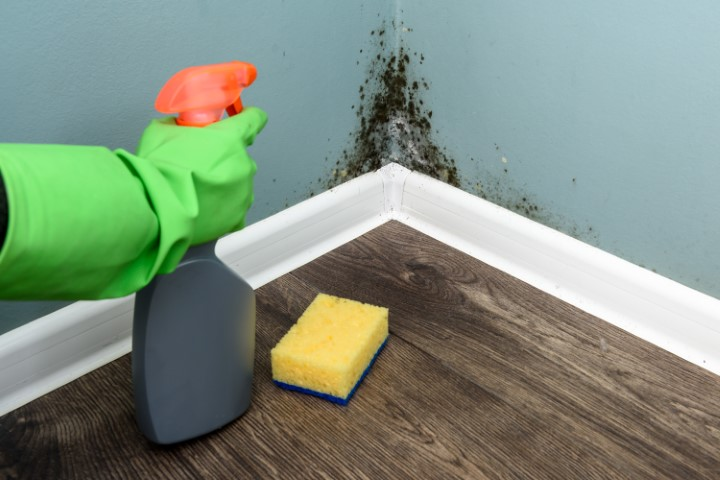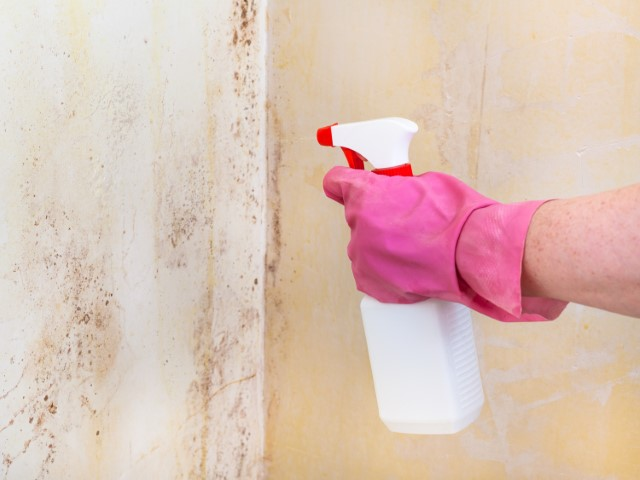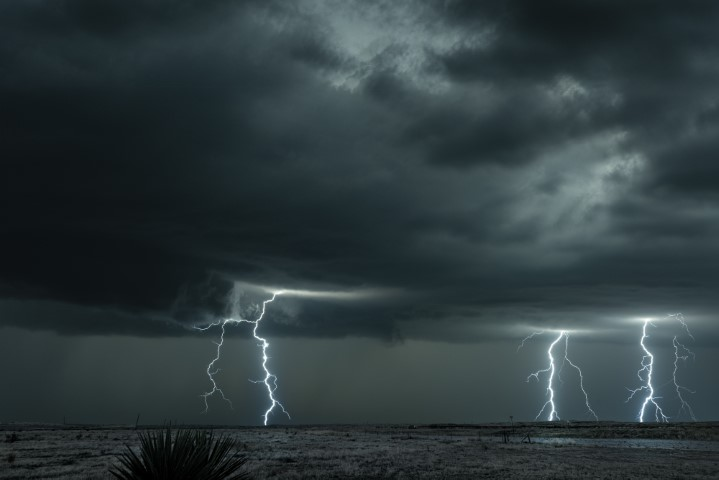In Florida, storms are a fact of life. Whether it’s a tropical storm, hurricane, or seasonal downpour, heavy rainfall and flooding can take a serious toll on your property. One of the most damaging consequences homeowners face is mold growth. It often starts quietly—behind walls, under floors, or inside damp furniture—and spreads quickly before you even notice. That’s why taking immediate action for mold prevention after a storm is one of the most important steps you can take to protect your home and your health. At ARC, we’ve helped hundreds of homeowners recover from storm damage, and we know exactly what it takes to stay ahead of mold.
Why Storms Create the Perfect Conditions for Mold
Mold thrives in dark, damp environments with poor airflow. When your home takes on water during a storm—whether from a roof leak, flooded floor, or backed-up drainage—it creates a breeding ground for spores to grow. Even areas that appear dry can retain moisture behind drywall or underneath flooring. Florida’s warm, humid climate only makes things worse, accelerating mold growth in as little as 24 to 48 hours. That’s why time is critical after any storm-related water intrusion.
Immediate Steps to Prevent Mold After a Storm
The best defense against mold is acting fast. Start by removing any standing water from floors, basements, or crawlspaces. Use mops, towels, or a wet/dry vacuum to absorb as much moisture as possible. Open windows and run fans to improve ventilation. Dehumidifiers can help remove moisture from the air, especially in enclosed spaces. Remove wet rugs, curtains, and furniture cushions so they can dry separately. If the damage is widespread, avoid using your HVAC system until it’s inspected—air ducts can easily become contaminated with mold if moisture gets inside.


Dry Everything Thoroughly and Safely
Drying doesn’t stop with visible surfaces. Water can seep under baseboards, into insulation, and behind cabinetry. Use moisture meters to detect hidden dampness or work with a professional team that can assess less obvious damage. Carpets, drywall, and ceiling tiles that remain damp should be replaced—not just cleaned—since mold can grow inside porous materials even after surface drying. Don’t forget to disinfect hard surfaces with non-toxic cleaners that kill mold spores, especially in kitchens and bathrooms.
Know the Early Signs of Mold
Even with fast action, mold can still appear if moisture wasn’t fully addressed. Keep an eye out for musty odors, discolored spots on walls or ceilings, or worsening allergies or respiratory symptoms in your household. These can all be signs of active mold colonies. The sooner mold is caught, the easier it is to remove—so don’t wait to investigate suspicious signs.
When to Call in the Experts
In many cases, especially with significant flooding or roof damage, DIY cleanup won’t be enough. Professional restoration companies like ARC use industrial-grade drying equipment, infrared cameras, and antimicrobial treatments to thoroughly dry and sanitize affected areas. Our team is trained to assess both visible and hidden damage, preventing mold before it becomes a full-blown problem. We also document everything for insurance purposes, giving you peace of mind throughout the process.
ARC Is Here When the Storm Passes
Storm recovery doesn’t end when the rain stops—it ends when your home is dry, clean, and safe. At American Restoration Contractors, we specialize in residential and commercial restoration, with services that include water damage mitigation, mold remediation, and full structural repairs. If your home has been impacted by a recent storm, don’t wait for mold to take hold. Let our licensed professionals handle the cleanup, so you can focus on getting life back to normal—safely and confidently.


